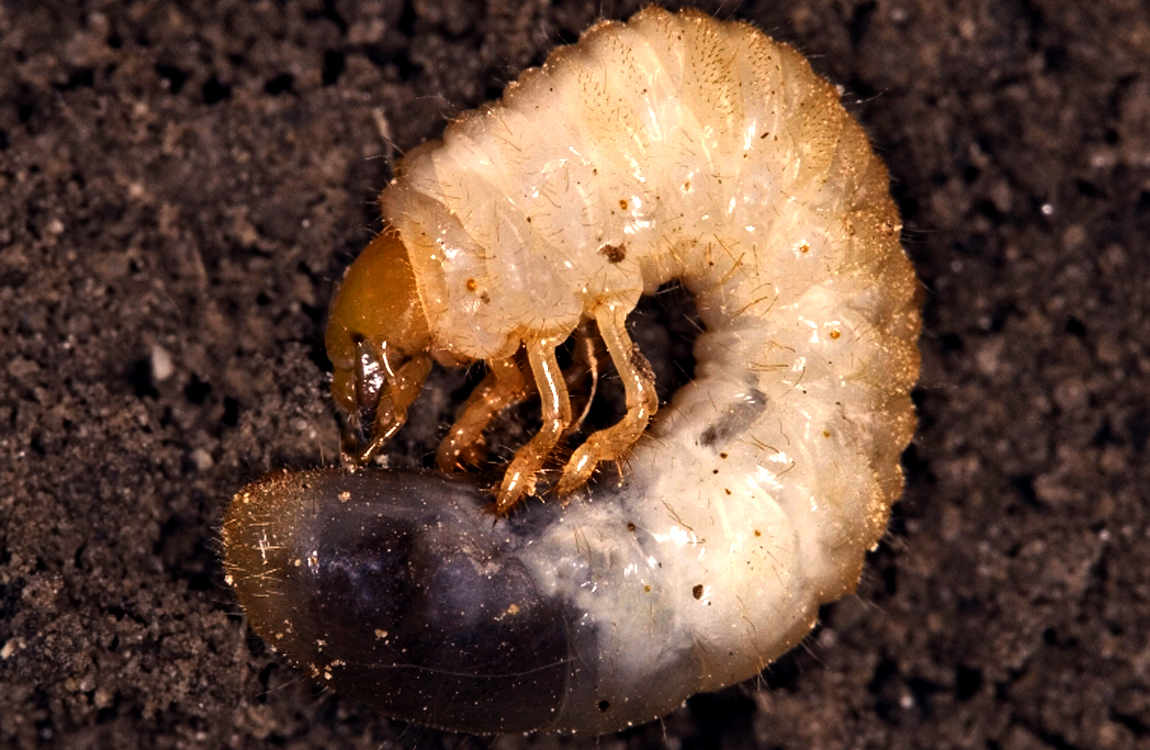How do I kill the bugs in my garden? Sounds like an easy question, but it's not that easy.
Before you resort to chemical warfare (or even organic pesticides) to rid your garden of pests, stop for a minute and think. The most important thing to know before you start anything is what pest you have and if it is even a problem. The majority of queries about pest controls are individuals trying to rid their garden of some elusive pest that they have never seen.
There are a few things you can do that are safe even if you don't know what pests may be in your garden. These are preventative and completely non-toxic solutions that can help. Keep in mind, organic may not mean non-toxic so don't think organic products can be applied just because of the term organic.
The first great thing to add to your garden are bugs. Well, bugs and worms. "But am I not trying to get rid of bugs in my garden?" you ask? Well, you are to an extent, but not all bugs are bad bugs. Introducing a few good bugs into your garden helps build up a long-term population of good bugs in the garden which keep the bad bugs under control. Lady Bugs are great for going after aphids which often hit annual plants. They're not the brightest of bugs, but they are great for keeping aphids under control. Praying Mantis are another very cool insect for your garden. Hang out an egg sack and let them hatch. The baby mantis will eat any bug they can find and will lay more eggs as they grow.
Nematodes are another preventative application for grubs and beetles, but must be applied in June and early July. If it's too late, the grubs they're after are too big for them to attack. There are also nematodes available for fungus gnats, though that's not as much of a problem outside as it is for indoor plants.
There are a few other little tricks you can use to prevent other bugs. Copper tape can be placed around gardens that slugs like to eat. As a slug travels over copper, it creates an electrical charge which keeps them away. A little on the sadistic side if you think about it, but completely harmless to anything else. Diatomaceous Earth is another great product. Though not typically packaged with that name, the ingredient is Silicone Dioxide which is the dead give-away. This find dust-like powder is very sharp on the microscopic level. When insects crawl over this stuff, it's cuts up their feet. It's a great preventative product for slugs, snails, earwigs, ants, and other crawling insects.
Tanglefoot or Tree Gum Paste is another good one. It often comes in what appears to be a caulking tube and it's a sticky molasses like product that you put around the trunk of a tree. As insects crawl around the tree, they get stuck in the tanglefoot and that's it for them. Along the same lines are those yellow sticky-cards. Sticky cards are most often used indoors. The colour of the cards attract different insects which land on the card and die. They're used primarily for monitoring the number of insects in an area to determine if treatment is necessary, but they work well to keep bugs under control in the house.
If you have other insect problems, then you need to find your bug, then identify it. Once you know what bug it is, you can determine if it's a bad bug or not. Keep in mind that one or two bugs may not cause a problem and it may not be worth trying to get rid of them. There is a certain threshold of bugs that a plant can tolerate before you need to take action. In the end, never over-react when you see a bug and go hog-wild to kill it. Instead identify it, determine what you need to do, and take a few preventative steps before resorting to all-out war.

